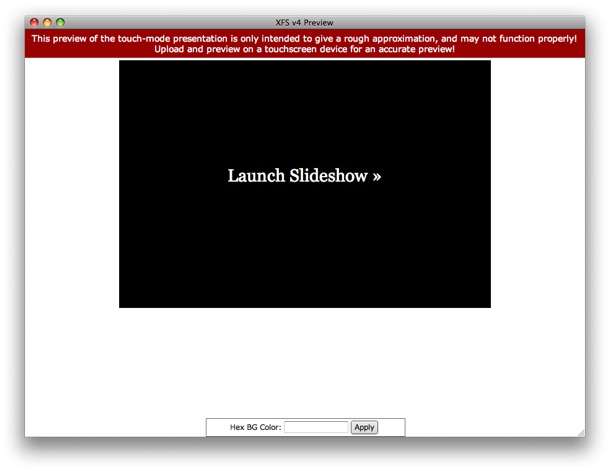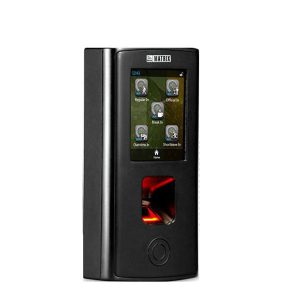

This sets the maximum current that will be pushed into the motor. If you are unsure what you are doing leave unit in the Simple PID mode of operation. Velocity PID - 4 - velocity based PID, requires tuning for your machine and speed range.Positional PID - 3 - current based PID mode, requires tuning for your machine.Simple PID - 2 - simple positional PID, which is factory default.Open-Loop - 1 - this is open loop with no feedback.

Controller off - 0 - this is not currently used.The command takes an integer from 0 through 4 to set the control mode per table below: Gets/Sets the feedback controller mode of operation. Gets/sets the maximum number of degrees of error that is acceptable.Īny posistioning error about the error limit will assert the error pin, when error pin is set as error output. ‘dirpin 0’ will set the motor to rotate clockwise when dir pin is high ‘dirpin 1’ will set the motor to rotate counter-clockwise when dir pin is high The direction pin is only sampled when the step pin has a rising edge. This command sets which direction the motor will rotate when direction pin is pulled high. After this command the unit will need to be calibrated to the motor again. This erases the calibration and other system and motor parameters such that unit is reset to the factory ship state. Alternatively this can be done by double pressing the reset button. This command will put the microprocessor in the boot loader mode.

This sets the velocity in RPMs to rotate motor when unit is configured for velocity PID mode of operation. This command sets the Kp, Ki, and Kd terms for the velocity PID controller. This command sets the Kp, Ki, and Kd terms for the positional PID controller. This command sets the Kp, Ki, and Kd terms for the simple positional PID controller. This command will read and report the AS5047D internal registers for diagnostic purposes. Reads the current motor position and reports it as degrees (current angle as 16bit number) applies calibration if valid The plan is to discountinue this command in the future and use the “controlmode” command to put controller in open or one of the many closed loop operational modes. 'feedback 0' - disables, 'feedback 1' - enables This commands disable/enables feedback control loop. To move the motor clockwise 16 steps used “step 0 16” to move motor counterclockwise 16 steps use “step 1 16” To move the motor counterclockwise use “step 1”. This will move the motor one step clockwise, the step size is based on the current microstep setting. The number of microsteps does not affect the resolution of the controller but rather how fine you can set the position. This command gets/sets the number of microsteps the smart stepper will use for the step command and the step pin. This will test the calibration and report the maximum error in degrees. Should be done with motor disconnected from machine This will run a 200 point calibration of the encoder. You can take this table and copy it into the nonvolatile.cpp file as shown below
#Repetier server touchscreen mode exit update#
This is useful if you are doing firmware development and do not want to calibrate each time you update firmware. This command will print out the 200 point calibration table. The help command will return a list of commands that the smart stepper supports.


 0 kommentar(er)
0 kommentar(er)
